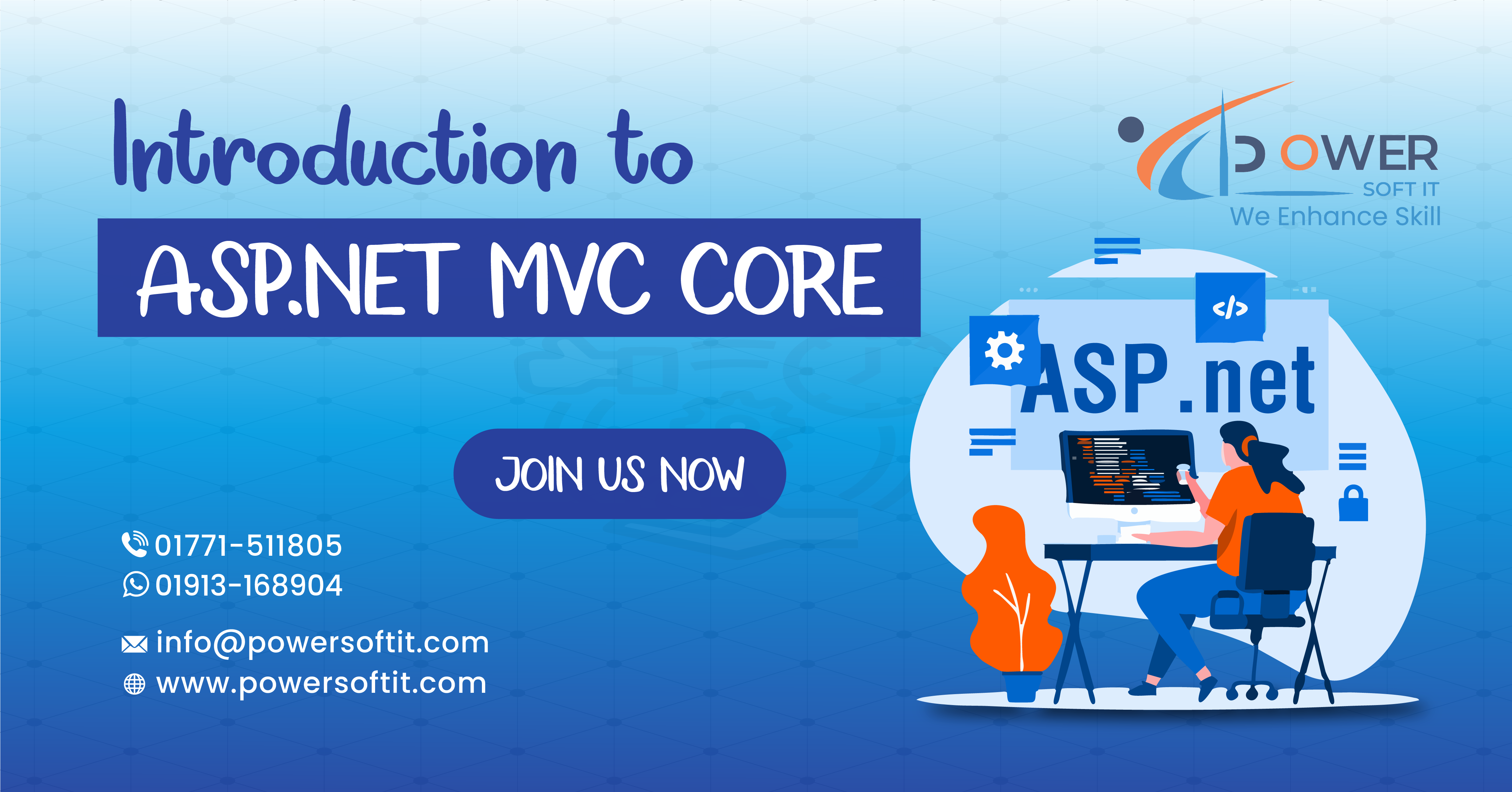Introduction to ASP.NET MVC CORE

Features of ASP.NET MVC CORE
Cross-platform
Asp.Net Core apps can be hosted on Windows, LINUX and Mac.
Can be hosted on different servers
Supports Kestrel, IIS, Nginx, Docker, Apache
What is MVC?
MVC stands for Model View and Controller. It is an Architectural Design Pattern. So, MVC is not a programming language, not a Framework. It is a Design Pattern. When we design an application, we first create its architecture, and MVC plays an important role in designing that architecture.
Model : Represents the data and business logic.
View : Views are responsible for presenting content through the user interface.
Controller : Controllers are the components that handle user interaction, work with the model, and ultimately select a view to render.
When to Use ASP.NET Core MVC?
- We need server-side rendering (HTML + logic).
- We want to build RESTful APIs.
- We need structured, testable code.
- We are developing enterprise-grade web apps.
Features of ASP.NET Core MVC
- Cross-platform
- High Performance
- Built-in Dependency Injection (DI)
- Secure with authentication/authorization
- Support for Web APIs and REST services
- Flexible Routing System
- Razor View Engine for dynamic HTML rendering
- Test-friendly and modular
In conclusion, ASP.NET MVC CORE is faster than ASP.NET MVC. ASP.NET MVC CORE supports Cross platform and fully Cloud-friendly.
Back to Blogs
